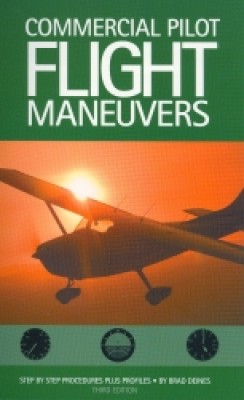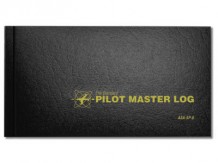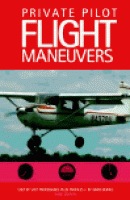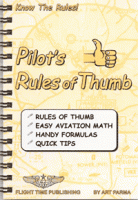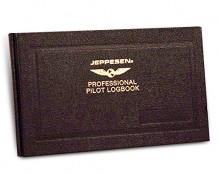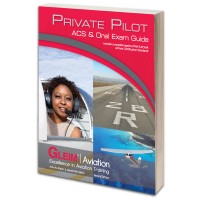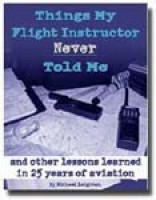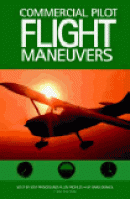Aircraft Spruce Canada
Brantford, ON Canada
Corona, CA | Peachtree City, GA
Chicago, IL | Wasilla, AK
Commercial Pilot Flight Maneuvers - Ebook
MFR Model# 0605-ATP-E
Overview
|
The purpose of this manual is to help in the explanation, visualization and execution of the flight maneuvers required for the Commercial Pilot Practical Flight Test. Students preparing for their oral and flight test will find this manual helpful. Any pilot preparing for a Biennial Flight Review (BFR), can use this manual as a refresher on maneuvers that you may not have executed in quite some time. Flight Instructor applicants and Certified Flight Instructors will find this manual a beneficial teaching aid.
TABLE OF CONTENTS: |
Specifications
- File Type: Secure Adobe .acsm format
- File Size: 10.1Mb
- Print: unlimited
- Copy/Paste: unlimited
- Offline Access: yes
- Search: always
- Bookmarks: always
- System Reqs: Windows, Macintosh, iPad, and more
Documents
Q&A
Please note, Aircraft Spruce Canada's personnel are not certified aircraft mechanics and can only provide general support and ideas, which should not be relied upon or implemented in lieu of consulting an A&P or other qualified technician. Aircraft Spruce Canada assumes no responsibility or liability for any issue or problem which may arise from any repair, modification or other work done from this knowledge base. Any product eligibility information provided here is based on general application guides and we recommend always referring to your specific aircraft parts manual, the parts manufacturer or consulting with a qualified mechanic.

 Aircraft Spruce Canada
Aircraft Spruce Canada
